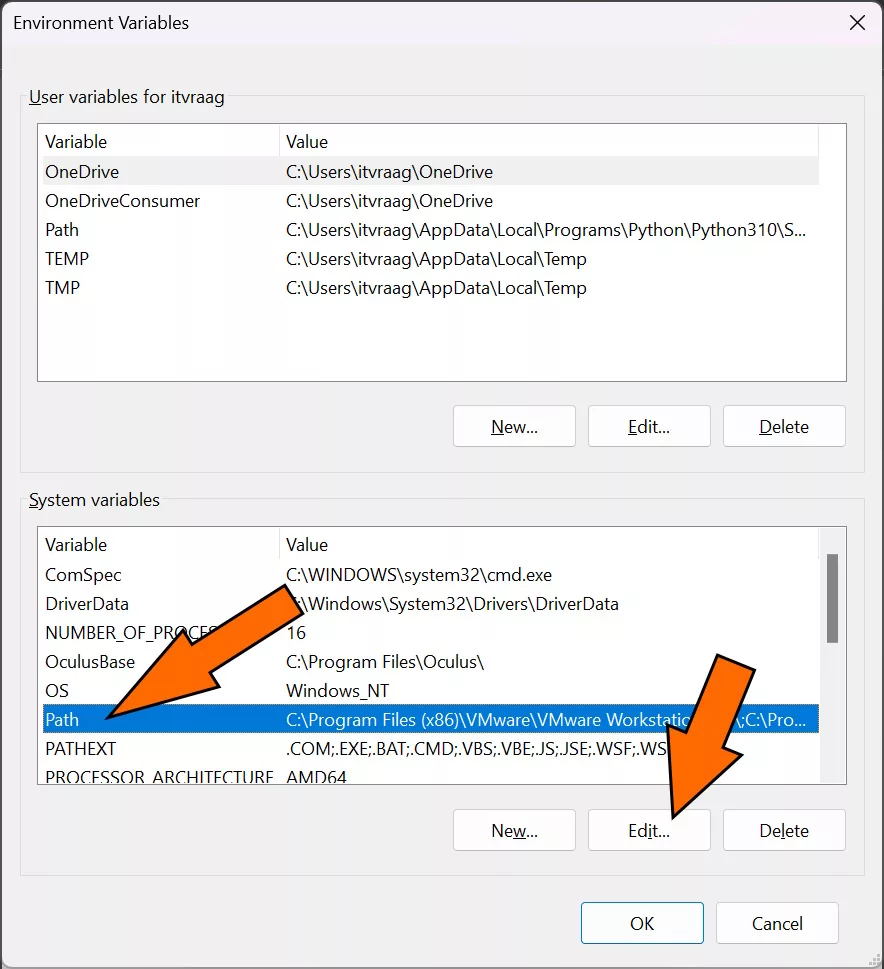As a system administrator or a security professional, it is crucial to regularly check and audit the security of your systems. One of the best ways to automate this process is by using a bash script. In this blog post, we will go through the steps of creating a bash script that can perform a regular security audit on your systems.
Prerequisites
Before we dive into the script, there are a few things that you need to have in place. Firstly, you need to have a basic understanding of bash scripting and Linux commands. Secondly, you need to have access to the systems that you want to audit.
Gathering Information
The first step in creating a security audit script is to gather information about the systems that you want to audit. This information can include details such as the OS version, kernel version, and installed packages. You can use the following commands to gather this information:
# Get OS version
lsb_release -a
# Get kernel version
uname -a
# Get list of installed packages
dpkg --list
You can also use tools like nmap to gather information about open ports and services running on the system.
nmap <ip-address>
Checking for Common Vulnerabilities
Once you have gathered the necessary information, the next step is to check for common vulnerabilities. This can include checking for missing security updates, vulnerable packages, and weak passwords. You can use the following commands to check for missing security updates:
# Ubuntu/Debian
apt list --upgradable
# Red Hat/CentOS
yum check-update
You can also use tools like lynis to check for vulnerabilities in your system.
lynis audit system
Logging and Reporting
It is important to log the results of the security audit in order to track any changes or issues that may occur. You can use the tee command to log the output of the commands to a file.
dpkg --list | tee package-list.txt
You can also use tools like logwatch to generate a report of the security audit.
logwatch --output mail --mailto <email-address>
Automating the Process
Once you have all the necessary commands and tools, you can put them together in a bash script and schedule it to run at regular intervals using cron.
#!/bin/bash
# Gather information
lsb_release -a
uname -a
dpkg --list | tee package-list.txt
nmap <ip-address>
# Check for vulnerabilities
apt list --upgradable
yum check-update
lynis audit system
# Logging and reporting
logwatch --output mail --mailto <email-address>
Tips
- Make sure to run the script as a non-root user with the minimum necessary permissions.
- Test the script on a small scale before running it on production systems.
- Keep the script and the systems it runs on updated.
- Use a different email address or a log management system to keep track of the security audit logs.
- Use encryption for the log files and report emails to keep them secure.
In summary, a bash script can be a powerful tool for automating the process of performing a regular security audit. By gathering information, checking for common vulnerabilities, logging and reporting, and automating the process, you can ensure that your systems are secure and any issues are identified and addressed in a timely manner.
Challenge
Try creating a bash script that performs a security audit on your own system and schedule it to run on a regular basis. Make sure to include the commands and tools discussed in this post, as well as any additional ones that you find useful. Once you have completed the script, run it and analyze the results. Share your script in the comments!



